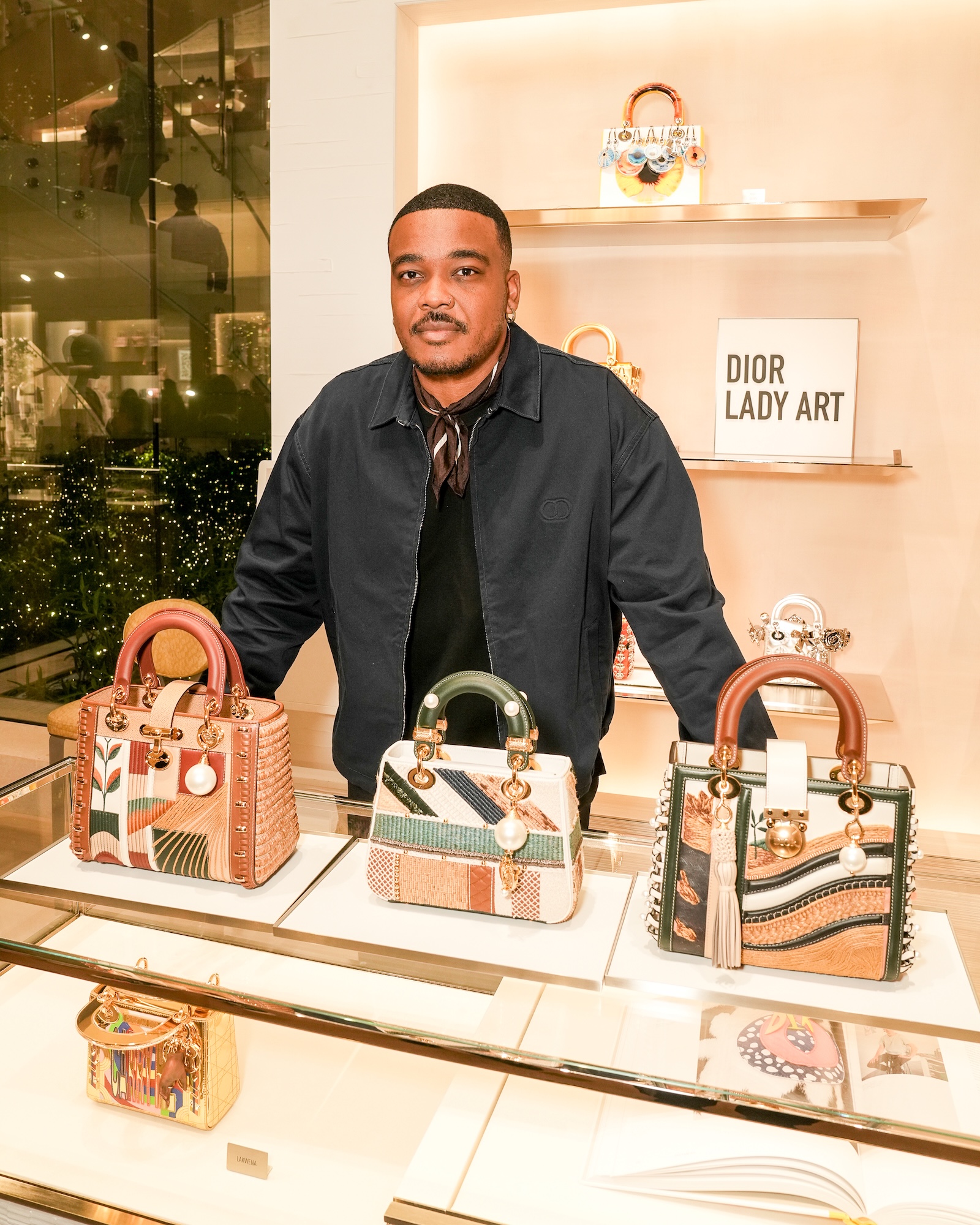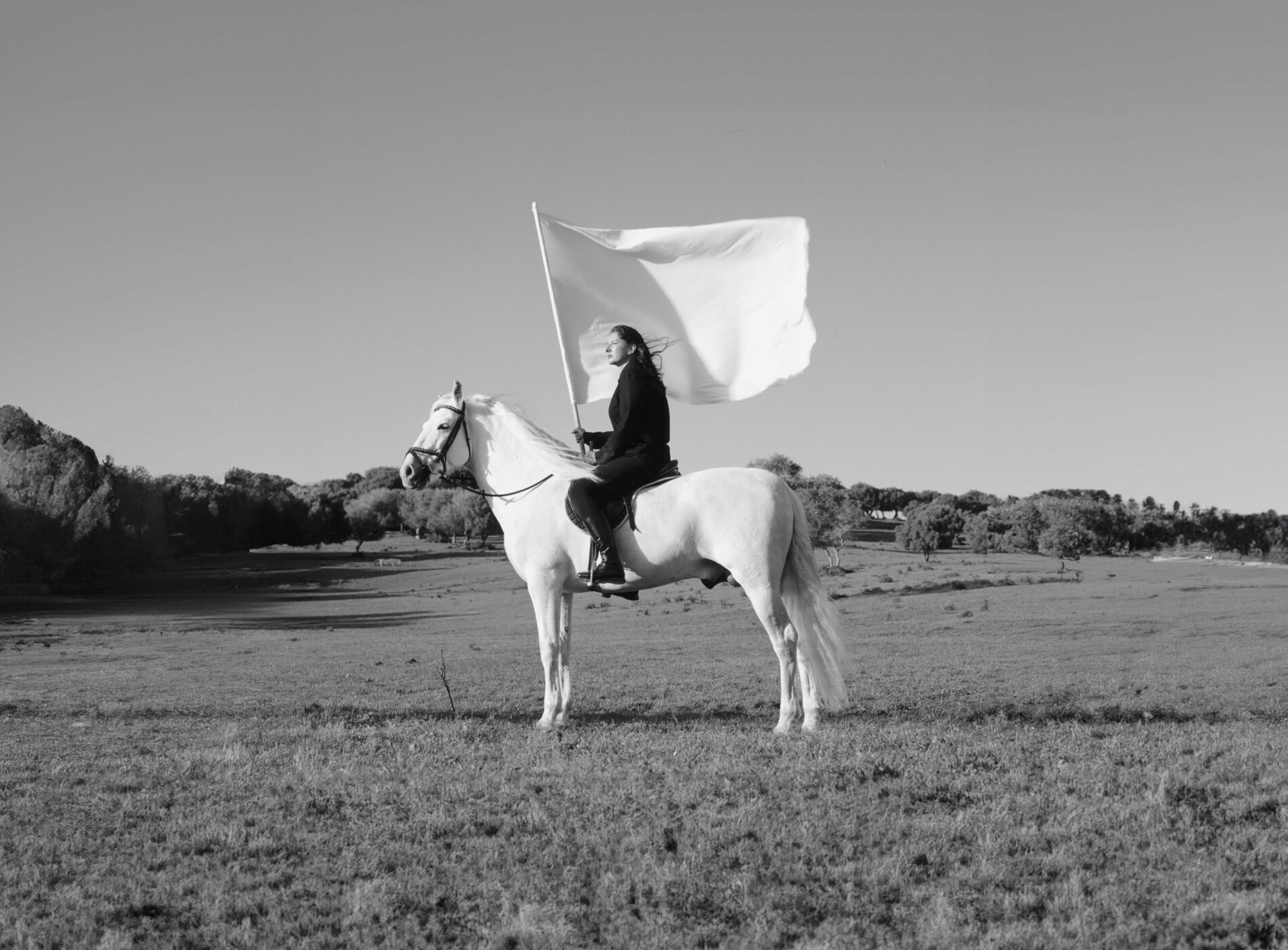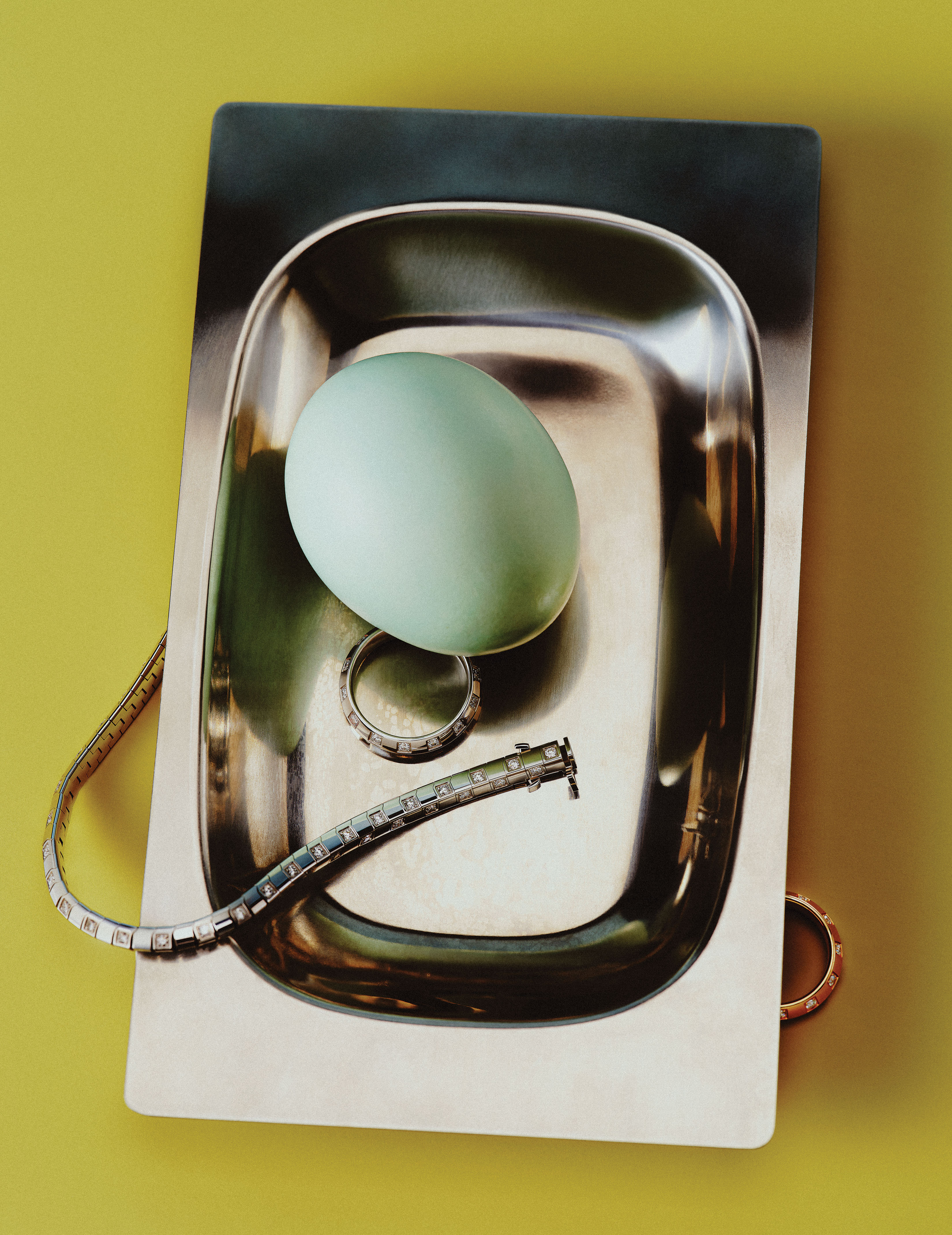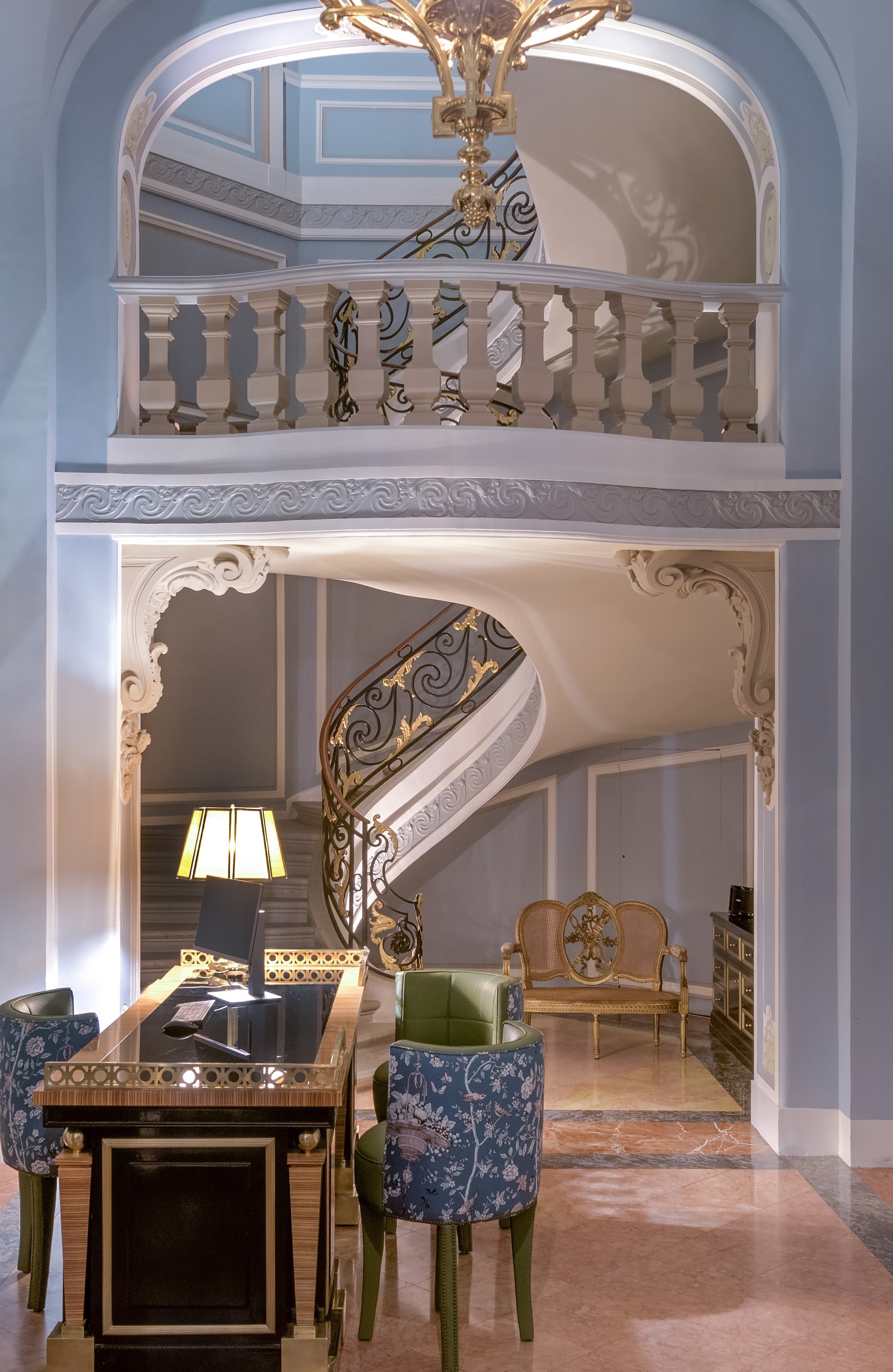

Daniel Sackheim, _White Squares_, 2021
The name Daniel Sackheim is probably one you’ve seen before. It’s graced the screen of beloved television shows like _Game of Thrones, The Walking Dead, Lovecraft Country_, _Ozark_ and the big screen with the film _The Glass House_, all with ‘director’ attached to it. Or maybe you’ve seen it in _The X-Files: Fight the Future, Law & Order,_ and _House_ tacked to title ‘producer.’
Sackheim’s talent for being behind the camera doesn’t end with the moving image. His work as a fine art photographer shows his ability to tell a story with a film crew. Drawing inspiration from film noir, his street photography aims to access the subconscious while exploring narratives hidden behind the shadows, making viewers ponder over the events that led to the pressing of the camera's shutter camera’s shutter.
Read _Flaunt’s_ conversation with the multi-skilled lensman below!


Daniel Sackheim, _Salary Man’s Night Out_, 2016
**How did you get into photography? Did it come before or after videography?**
It happened in two parts. I picked up a camera when I was much younger at sort of the behest of my brother who was already sort of forging a career as a professional photographer, because I wasn't particularly athletic or wasn't seen to be a high achiever in school. And so instead, I spent most of my time tagging after my older brother, who I kind of idolized. And I don't think he found it as rewarding as I did. So he basically stuck one of his cameras in my hand with a box of film and said, pick up a hobby. So I started shooting film and portraiture, I guess, when I was like, I don't know, 12 years old or so. And then, when I got into the sort of my later years of high school, and there were more important things like girls, I put it down, and I ended up not really picking it up again until years later, which was around 2007. There was a Writers Guild of America strike and it pretty much shuttered production. So I was looking for some kind of a creative outlet and I really hadn't picked up the camera in like, I don't know, 15 years or so. So I bought my first digital camera, and I sort of dusted some of the rust off, took a couple classes at Art Center College of Design, and I haven't really put it down since.
**How has your style changed over time?**
When you start out you don't really have a style per se, you kind of emulate photographers whose work you like, and you're sort of looking for some inspiration, I guess of that style in terms of what feels organic. And I was sort of drawn to the work of Ray K. Metzker, famous for these sort of really graphic streetscapes, and Fan Ho. And then Jason Langers work. And so I always sort of dabbled in work that was black and white, graphic, dramatic. You know the photographer Sebastião Salgado, I presume, right? So he was really instrumental in sort of documenting all these causes across the world. And he shot this back in the late 1990s, I guess it was when Iraq invaded Kuwait, and they set their oil fields on fire, and he went there to document it. And he had this sort of amazing way that he created drama by balancing light and also in telling a narrative. And so I think that's when I kind of started to feel like I could lock into a style, it just inspired me. And then you know, after a fashion you just kind of organically—you're attracted to certain subjects and certain narratives or not, and it kind of happens over time. I don't know how consciously I did it, other than the influence of that particular photographer's work.


Daniel Sackheim, _The Jaws of Life_, 2020
**What subjects and narratives are you attracted to right now?**
When everyone was under quarantine through the pandemic, there was the sense of isolation, and because I've pretty much lived and worked in big cities like New York and Chicago and LA, I was trying to figure out a way to kind of document this notion of abject isolation and how we're sort of dwarfed by this big Metropolis in which we live. And I guess try to find a way to document that with a little bit of inspiration by a filmic language that I have a lot of passion for, which is film noir. So I tried to take that and allow the aesthetic of film noir to tell the story or the narrative of kind of isolation in the year in which we live in sort of the cities in which we live.
**When did your passion for film noir start?**
Well, I started in film as an editor. And I developed this real passion for storytelling because editing effectively is constructing a narrative or constructing the point of view that may not already exist in the film. And so I figured, like everyone else, that I would love to take a hand at directing one day, and so I just started studying the work of, you know, these kind of distinguished influential directors, you know, the Michael Mann's of the world, the Wes Anderson's, the Stanley Kubrick's, etc, etc, and the various visual techniques that they used, in order to sort of create a sense of tension, or jeopardy, or evoke emotion. So, I think that's kind of what led me to it was my fascination with that, and my desire to do the same thing.
**Did that originally show off reflecting in your work with film or did it start showing off in your photography first?**
It started in my film work because that's where my main focus was. I think I bring some of that naturally, with me to photograph and a compositional sense and a sense of narrative. Because that's the job as a film director, and I mean, there are definitely differences between two mediums, both in terms of—so the job as a director is to try to put together a cohesive narrative using a whole bunch of tools at your disposal, and that's obviously the written word. So the dialogue, the skill, or the quality that the actor brings to it, and when they're inhabiting that character, pace, music, lighting, special effects, sound design, etc, etc, right? To create a cohesive narrative that really works by assembling a number of shots together to create a sequence. And the thing about photography is, where I find the narrative most interesting is when it doesn't necessarily create something that is a cohesive narrative so much that it begs a question on the viewers' part, like, what happened because of the fixity of the image. If you've done your job well, hopefully, you're asking what happened just before you took the photo and what happened just after that's obviously the most prevalent in street photography, right where you're capturing real life as it unfolds as opposed to commercial photography. But so I think that's the difference is that the narrative ambiguity is sort of your friend in still imagery whereas it rarely is, when you're telling a filmic story.


Daniel Sackheim, _Destination Unknown_


Daniel Sackheim, _Family Outing_, 2018
**Would you say because you don't need to have that cohesive narrative in your photography that there's more creative freedom, in a sense, when it comes to photography?**
I guess it depends on what the film project is. But I would say this, one other big distinction in terms of process is that film is a collaborative medium, right? It's a team sport, you have a director who is helping execute the writer's vision, depending on what it is, by a cinematographer who will help you create the look, and a production designer, who will bring to it a sense of a character through environment. And all the people that work for those people, graphic designers, and lighting technicians, and grips and prop men and women, and so on and so forth. It's more like being a conductor of an orchestra, where you have, at your disposal, all these instruments, finely tuned to create their own different sound, in this case, different value that they bring to or element of, of the filmmaking process. And so the good thing about that is that you have a sounding board, and you never really feel alone, there's always someone to help you wrestle down a problem that you might have. And that's an issue in film because film is expensive and it's shot on a schedule. So it's very much about the amount of work that you have to get done in a certain time. So it's the fight of art versus commerce.
Photography is more sort of an autonomous pursuit that I, at least in terms of what I do, I can pretty much do it by myself, or I do it myself with an assistant. I don't have an obligation to anyone else other than myself. And so there's a lot of freedom with that. What's limiting is the resources, the budgets, those kinds of things, but I like the fact that I can—if I'm at a location where I'm trying to get a specific image, and I don't get it that day, I can always come back. And sometimes I do, two or three times, or I can sit there for an hour or two hours waiting for the right light. And that's a luxury that certainly in television you almost never have. And I think even today in features, it's rare because it's such an expensive prospect.
**Could you tell me what the typical process looks like whenever you're about to take a photograph? Do you just kind of go out in the world and find something to capture?**
I'll drive around or walk around an area, and I'm either looking for one or two things, I'm either looking for a really interesting environment, a background, something that has really impressive light or evokes a certain kind of mood that has a presence, you know, how there are places you go that you know, if it's an old building, you feel the presence of people that have walked through those halls, even if they're empty. So I kind of vibe it out. And I just walk around with a notepad and a cell phone. And I'll sort of annotate it, and then I sort of study light charts. And then I'll go back when I know the light is sort of what I want it to be, and then I wait for the right event to happen, or the right person to walk through, the right couple to be there interacting, the right gesture from someone. And if it doesn't happen, then I go back sometimes two, three times. And that's generally how it happens. And I'd also say that very often you go in with an idea of something very specific that you want and you rarely get what it is you had imagined or fantasized about getting, but usually find something else that's interesting. And I think that's the cool part of any artistic venture, right? It's the surprises that happen. You know, they say directing is actually knowing how to turn accidents and problems to your advantage. Because whatever you think the scene is going to be as a director, it rarely is. Sometimes it's just something amazingly better might even be something that you don't have great hopes or aspirations for being incredibly visual or dramatic and then that actor will walk in with an idea, or you see something that inspires another idea that causes you to recalibrate your plans. So I think there's a fair amount of accidental inspiration that occurs.


Daniel Sackheim, _Social Distance_
**Do you have a favorite example or photograph where you were expecting to get one image and then you came out with something completely different?**
There's a spot in downtown that's underneath a main thoroughfare called Grand Street. You've probably seen it in photographs or some films, it's sort of a popular spot to shoot commercials, very graphic. I have this image it's titled ‘The Jaws of Life.’ And it's this light coming from above and it's almost like a man standing on the stage as a bird is flying up, it sort of got caught down below and it's flying up to freedom towards the top of, I guess what I call skylight, but it's really just an opening in the roof of this substructure. Typically, down there you have guys who are working on cars or they come down there with their fancy Tesla's or Lamborghinis or whatever, and they photograph them or they make these little mini spots because it's such a dramatic environment. And I was hoping to catch someone in some moment of frustration, like changing a tire or something. But because of the way the light spreads, it'd be like on centre stage, and there was no one there other than some people that would sort of pass through the light. And I didn't realize this, but it's a space where all these pigeons kind of perch. So I was standing there and was about to leave and so there were these two cars on a side street that almost collided, and they honked horns, and the process of that threw all these birds up into the air. And so it just became something that I would not have imagined, something completely different. And it's a shot I really love that I would never know how to create or would have imagined.
**What do you see for the future when it comes to photography?**
I have started doing some color work. That's a different series called _On the Run_ and it speaks a little bit to what I was telling you about locations in Los Angeles, which is a very old city, that have a kind of what you call liminal quality to them. They are in a process of kind of stasis as they either haven't been re-inhabited or knocked down or, or there's just a quality to them that whether there's someone there or not, you feel this kind of presence. I don't know, for me, it sort of just captures something interesting. I’d sort of like to evolve this other project by staging narratives. So not in any way really street photography, but sort of staging narratives using models or actors, probably. And so I'm in the process of creating a script for 10 discrete images that would all go together to tell an overall broader story. So writing that script.
 
Daniel Sackheim, _White Squares_, 2021
The name Daniel Sackheim is probably one you’ve seen before. It’s graced the screen of beloved television shows like _Game of Thrones, The Walking Dead, Lovecraft Country_, _Ozark_ and the big screen with the film _The Glass House_, all with ‘director’ attached to it. Or maybe you’ve seen it in _The X-Files: Fight the Future, Law & Order,_ and _House_ tacked to title ‘producer.’
Sackheim’s talent for being behind the camera doesn’t end with the moving image. His work as a fine art photographer shows his ability to tell a story with a film crew. Drawing inspiration from film noir, his street photography aims to access the subconscious while exploring narratives hidden behind the shadows, making viewers ponder over the events that led to the pressing of the camera's shutter camera’s shutter.
Read _Flaunt’s_ conversation with the multi-skilled lensman below!

Daniel Sackheim, _White Squares_, 2021
The name Daniel Sackheim is probably one you’ve seen before. It’s graced the screen of beloved television shows like _Game of Thrones, The Walking Dead, Lovecraft Country_, _Ozark_ and the big screen with the film _The Glass House_, all with ‘director’ attached to it. Or maybe you’ve seen it in _The X-Files: Fight the Future, Law & Order,_ and _House_ tacked to title ‘producer.’
Sackheim’s talent for being behind the camera doesn’t end with the moving image. His work as a fine art photographer shows his ability to tell a story with a film crew. Drawing inspiration from film noir, his street photography aims to access the subconscious while exploring narratives hidden behind the shadows, making viewers ponder over the events that led to the pressing of the camera's shutter camera’s shutter.
Read _Flaunt’s_ conversation with the multi-skilled lensman below!
 
Daniel Sackheim, _Salary Man’s Night Out_, 2016
**How did you get into photography? Did it come before or after videography?**
It happened in two parts. I picked up a camera when I was much younger at sort of the behest of my brother who was already sort of forging a career as a professional photographer, because I wasn't particularly athletic or wasn't seen to be a high achiever in school. And so instead, I spent most of my time tagging after my older brother, who I kind of idolized. And I don't think he found it as rewarding as I did. So he basically stuck one of his cameras in my hand with a box of film and said, pick up a hobby. So I started shooting film and portraiture, I guess, when I was like, I don't know, 12 years old or so. And then, when I got into the sort of my later years of high school, and there were more important things like girls, I put it down, and I ended up not really picking it up again until years later, which was around 2007. There was a Writers Guild of America strike and it pretty much shuttered production. So I was looking for some kind of a creative outlet and I really hadn't picked up the camera in like, I don't know, 15 years or so. So I bought my first digital camera, and I sort of dusted some of the rust off, took a couple classes at Art Center College of Design, and I haven't really put it down since.
**How has your style changed over time?**
When you start out you don't really have a style per se, you kind of emulate photographers whose work you like, and you're sort of looking for some inspiration, I guess of that style in terms of what feels organic. And I was sort of drawn to the work of Ray K. Metzker, famous for these sort of really graphic streetscapes, and Fan Ho. And then Jason Langers work. And so I always sort of dabbled in work that was black and white, graphic, dramatic. You know the photographer Sebastião Salgado, I presume, right? So he was really instrumental in sort of documenting all these causes across the world. And he shot this back in the late 1990s, I guess it was when Iraq invaded Kuwait, and they set their oil fields on fire, and he went there to document it. And he had this sort of amazing way that he created drama by balancing light and also in telling a narrative. And so I think that's when I kind of started to feel like I could lock into a style, it just inspired me. And then you know, after a fashion you just kind of organically—you're attracted to certain subjects and certain narratives or not, and it kind of happens over time. I don't know how consciously I did it, other than the influence of that particular photographer's work.

Daniel Sackheim, _Salary Man’s Night Out_, 2016
**How did you get into photography? Did it come before or after videography?**
It happened in two parts. I picked up a camera when I was much younger at sort of the behest of my brother who was already sort of forging a career as a professional photographer, because I wasn't particularly athletic or wasn't seen to be a high achiever in school. And so instead, I spent most of my time tagging after my older brother, who I kind of idolized. And I don't think he found it as rewarding as I did. So he basically stuck one of his cameras in my hand with a box of film and said, pick up a hobby. So I started shooting film and portraiture, I guess, when I was like, I don't know, 12 years old or so. And then, when I got into the sort of my later years of high school, and there were more important things like girls, I put it down, and I ended up not really picking it up again until years later, which was around 2007. There was a Writers Guild of America strike and it pretty much shuttered production. So I was looking for some kind of a creative outlet and I really hadn't picked up the camera in like, I don't know, 15 years or so. So I bought my first digital camera, and I sort of dusted some of the rust off, took a couple classes at Art Center College of Design, and I haven't really put it down since.
**How has your style changed over time?**
When you start out you don't really have a style per se, you kind of emulate photographers whose work you like, and you're sort of looking for some inspiration, I guess of that style in terms of what feels organic. And I was sort of drawn to the work of Ray K. Metzker, famous for these sort of really graphic streetscapes, and Fan Ho. And then Jason Langers work. And so I always sort of dabbled in work that was black and white, graphic, dramatic. You know the photographer Sebastião Salgado, I presume, right? So he was really instrumental in sort of documenting all these causes across the world. And he shot this back in the late 1990s, I guess it was when Iraq invaded Kuwait, and they set their oil fields on fire, and he went there to document it. And he had this sort of amazing way that he created drama by balancing light and also in telling a narrative. And so I think that's when I kind of started to feel like I could lock into a style, it just inspired me. And then you know, after a fashion you just kind of organically—you're attracted to certain subjects and certain narratives or not, and it kind of happens over time. I don't know how consciously I did it, other than the influence of that particular photographer's work.
 
Daniel Sackheim, _The Jaws of Life_, 2020
**What subjects and narratives are you attracted to right now?**
When everyone was under quarantine through the pandemic, there was the sense of isolation, and because I've pretty much lived and worked in big cities like New York and Chicago and LA, I was trying to figure out a way to kind of document this notion of abject isolation and how we're sort of dwarfed by this big Metropolis in which we live. And I guess try to find a way to document that with a little bit of inspiration by a filmic language that I have a lot of passion for, which is film noir. So I tried to take that and allow the aesthetic of film noir to tell the story or the narrative of kind of isolation in the year in which we live in sort of the cities in which we live.
**When did your passion for film noir start?**
Well, I started in film as an editor. And I developed this real passion for storytelling because editing effectively is constructing a narrative or constructing the point of view that may not already exist in the film. And so I figured, like everyone else, that I would love to take a hand at directing one day, and so I just started studying the work of, you know, these kind of distinguished influential directors, you know, the Michael Mann's of the world, the Wes Anderson's, the Stanley Kubrick's, etc, etc, and the various visual techniques that they used, in order to sort of create a sense of tension, or jeopardy, or evoke emotion. So, I think that's kind of what led me to it was my fascination with that, and my desire to do the same thing.
**Did that originally show off reflecting in your work with film or did it start showing off in your photography first?**
It started in my film work because that's where my main focus was. I think I bring some of that naturally, with me to photograph and a compositional sense and a sense of narrative. Because that's the job as a film director, and I mean, there are definitely differences between two mediums, both in terms of—so the job as a director is to try to put together a cohesive narrative using a whole bunch of tools at your disposal, and that's obviously the written word. So the dialogue, the skill, or the quality that the actor brings to it, and when they're inhabiting that character, pace, music, lighting, special effects, sound design, etc, etc, right? To create a cohesive narrative that really works by assembling a number of shots together to create a sequence. And the thing about photography is, where I find the narrative most interesting is when it doesn't necessarily create something that is a cohesive narrative so much that it begs a question on the viewers' part, like, what happened because of the fixity of the image. If you've done your job well, hopefully, you're asking what happened just before you took the photo and what happened just after that's obviously the most prevalent in street photography, right where you're capturing real life as it unfolds as opposed to commercial photography. But so I think that's the difference is that the narrative ambiguity is sort of your friend in still imagery whereas it rarely is, when you're telling a filmic story.

Daniel Sackheim, _The Jaws of Life_, 2020
**What subjects and narratives are you attracted to right now?**
When everyone was under quarantine through the pandemic, there was the sense of isolation, and because I've pretty much lived and worked in big cities like New York and Chicago and LA, I was trying to figure out a way to kind of document this notion of abject isolation and how we're sort of dwarfed by this big Metropolis in which we live. And I guess try to find a way to document that with a little bit of inspiration by a filmic language that I have a lot of passion for, which is film noir. So I tried to take that and allow the aesthetic of film noir to tell the story or the narrative of kind of isolation in the year in which we live in sort of the cities in which we live.
**When did your passion for film noir start?**
Well, I started in film as an editor. And I developed this real passion for storytelling because editing effectively is constructing a narrative or constructing the point of view that may not already exist in the film. And so I figured, like everyone else, that I would love to take a hand at directing one day, and so I just started studying the work of, you know, these kind of distinguished influential directors, you know, the Michael Mann's of the world, the Wes Anderson's, the Stanley Kubrick's, etc, etc, and the various visual techniques that they used, in order to sort of create a sense of tension, or jeopardy, or evoke emotion. So, I think that's kind of what led me to it was my fascination with that, and my desire to do the same thing.
**Did that originally show off reflecting in your work with film or did it start showing off in your photography first?**
It started in my film work because that's where my main focus was. I think I bring some of that naturally, with me to photograph and a compositional sense and a sense of narrative. Because that's the job as a film director, and I mean, there are definitely differences between two mediums, both in terms of—so the job as a director is to try to put together a cohesive narrative using a whole bunch of tools at your disposal, and that's obviously the written word. So the dialogue, the skill, or the quality that the actor brings to it, and when they're inhabiting that character, pace, music, lighting, special effects, sound design, etc, etc, right? To create a cohesive narrative that really works by assembling a number of shots together to create a sequence. And the thing about photography is, where I find the narrative most interesting is when it doesn't necessarily create something that is a cohesive narrative so much that it begs a question on the viewers' part, like, what happened because of the fixity of the image. If you've done your job well, hopefully, you're asking what happened just before you took the photo and what happened just after that's obviously the most prevalent in street photography, right where you're capturing real life as it unfolds as opposed to commercial photography. But so I think that's the difference is that the narrative ambiguity is sort of your friend in still imagery whereas it rarely is, when you're telling a filmic story.
 
Daniel Sackheim, _Destination Unknown_

Daniel Sackheim, _Destination Unknown_
 
Daniel Sackheim, _Family Outing_, 2018
**Would you say because you don't need to have that cohesive narrative in your photography that there's more creative freedom, in a sense, when it comes to photography?**
I guess it depends on what the film project is. But I would say this, one other big distinction in terms of process is that film is a collaborative medium, right? It's a team sport, you have a director who is helping execute the writer's vision, depending on what it is, by a cinematographer who will help you create the look, and a production designer, who will bring to it a sense of a character through environment. And all the people that work for those people, graphic designers, and lighting technicians, and grips and prop men and women, and so on and so forth. It's more like being a conductor of an orchestra, where you have, at your disposal, all these instruments, finely tuned to create their own different sound, in this case, different value that they bring to or element of, of the filmmaking process. And so the good thing about that is that you have a sounding board, and you never really feel alone, there's always someone to help you wrestle down a problem that you might have. And that's an issue in film because film is expensive and it's shot on a schedule. So it's very much about the amount of work that you have to get done in a certain time. So it's the fight of art versus commerce.
Photography is more sort of an autonomous pursuit that I, at least in terms of what I do, I can pretty much do it by myself, or I do it myself with an assistant. I don't have an obligation to anyone else other than myself. And so there's a lot of freedom with that. What's limiting is the resources, the budgets, those kinds of things, but I like the fact that I can—if I'm at a location where I'm trying to get a specific image, and I don't get it that day, I can always come back. And sometimes I do, two or three times, or I can sit there for an hour or two hours waiting for the right light. And that's a luxury that certainly in television you almost never have. And I think even today in features, it's rare because it's such an expensive prospect.
**Could you tell me what the typical process looks like whenever you're about to take a photograph? Do you just kind of go out in the world and find something to capture?**
I'll drive around or walk around an area, and I'm either looking for one or two things, I'm either looking for a really interesting environment, a background, something that has really impressive light or evokes a certain kind of mood that has a presence, you know, how there are places you go that you know, if it's an old building, you feel the presence of people that have walked through those halls, even if they're empty. So I kind of vibe it out. And I just walk around with a notepad and a cell phone. And I'll sort of annotate it, and then I sort of study light charts. And then I'll go back when I know the light is sort of what I want it to be, and then I wait for the right event to happen, or the right person to walk through, the right couple to be there interacting, the right gesture from someone. And if it doesn't happen, then I go back sometimes two, three times. And that's generally how it happens. And I'd also say that very often you go in with an idea of something very specific that you want and you rarely get what it is you had imagined or fantasized about getting, but usually find something else that's interesting. And I think that's the cool part of any artistic venture, right? It's the surprises that happen. You know, they say directing is actually knowing how to turn accidents and problems to your advantage. Because whatever you think the scene is going to be as a director, it rarely is. Sometimes it's just something amazingly better might even be something that you don't have great hopes or aspirations for being incredibly visual or dramatic and then that actor will walk in with an idea, or you see something that inspires another idea that causes you to recalibrate your plans. So I think there's a fair amount of accidental inspiration that occurs.

Daniel Sackheim, _Family Outing_, 2018
**Would you say because you don't need to have that cohesive narrative in your photography that there's more creative freedom, in a sense, when it comes to photography?**
I guess it depends on what the film project is. But I would say this, one other big distinction in terms of process is that film is a collaborative medium, right? It's a team sport, you have a director who is helping execute the writer's vision, depending on what it is, by a cinematographer who will help you create the look, and a production designer, who will bring to it a sense of a character through environment. And all the people that work for those people, graphic designers, and lighting technicians, and grips and prop men and women, and so on and so forth. It's more like being a conductor of an orchestra, where you have, at your disposal, all these instruments, finely tuned to create their own different sound, in this case, different value that they bring to or element of, of the filmmaking process. And so the good thing about that is that you have a sounding board, and you never really feel alone, there's always someone to help you wrestle down a problem that you might have. And that's an issue in film because film is expensive and it's shot on a schedule. So it's very much about the amount of work that you have to get done in a certain time. So it's the fight of art versus commerce.
Photography is more sort of an autonomous pursuit that I, at least in terms of what I do, I can pretty much do it by myself, or I do it myself with an assistant. I don't have an obligation to anyone else other than myself. And so there's a lot of freedom with that. What's limiting is the resources, the budgets, those kinds of things, but I like the fact that I can—if I'm at a location where I'm trying to get a specific image, and I don't get it that day, I can always come back. And sometimes I do, two or three times, or I can sit there for an hour or two hours waiting for the right light. And that's a luxury that certainly in television you almost never have. And I think even today in features, it's rare because it's such an expensive prospect.
**Could you tell me what the typical process looks like whenever you're about to take a photograph? Do you just kind of go out in the world and find something to capture?**
I'll drive around or walk around an area, and I'm either looking for one or two things, I'm either looking for a really interesting environment, a background, something that has really impressive light or evokes a certain kind of mood that has a presence, you know, how there are places you go that you know, if it's an old building, you feel the presence of people that have walked through those halls, even if they're empty. So I kind of vibe it out. And I just walk around with a notepad and a cell phone. And I'll sort of annotate it, and then I sort of study light charts. And then I'll go back when I know the light is sort of what I want it to be, and then I wait for the right event to happen, or the right person to walk through, the right couple to be there interacting, the right gesture from someone. And if it doesn't happen, then I go back sometimes two, three times. And that's generally how it happens. And I'd also say that very often you go in with an idea of something very specific that you want and you rarely get what it is you had imagined or fantasized about getting, but usually find something else that's interesting. And I think that's the cool part of any artistic venture, right? It's the surprises that happen. You know, they say directing is actually knowing how to turn accidents and problems to your advantage. Because whatever you think the scene is going to be as a director, it rarely is. Sometimes it's just something amazingly better might even be something that you don't have great hopes or aspirations for being incredibly visual or dramatic and then that actor will walk in with an idea, or you see something that inspires another idea that causes you to recalibrate your plans. So I think there's a fair amount of accidental inspiration that occurs.
 
Daniel Sackheim, _Social Distance_
**Do you have a favorite example or photograph where you were expecting to get one image and then you came out with something completely different?**
There's a spot in downtown that's underneath a main thoroughfare called Grand Street. You've probably seen it in photographs or some films, it's sort of a popular spot to shoot commercials, very graphic. I have this image it's titled ‘The Jaws of Life.’ And it's this light coming from above and it's almost like a man standing on the stage as a bird is flying up, it sort of got caught down below and it's flying up to freedom towards the top of, I guess what I call skylight, but it's really just an opening in the roof of this substructure. Typically, down there you have guys who are working on cars or they come down there with their fancy Tesla's or Lamborghinis or whatever, and they photograph them or they make these little mini spots because it's such a dramatic environment. And I was hoping to catch someone in some moment of frustration, like changing a tire or something. But because of the way the light spreads, it'd be like on centre stage, and there was no one there other than some people that would sort of pass through the light. And I didn't realize this, but it's a space where all these pigeons kind of perch. So I was standing there and was about to leave and so there were these two cars on a side street that almost collided, and they honked horns, and the process of that threw all these birds up into the air. And so it just became something that I would not have imagined, something completely different. And it's a shot I really love that I would never know how to create or would have imagined.
**What do you see for the future when it comes to photography?**
I have started doing some color work. That's a different series called _On the Run_ and it speaks a little bit to what I was telling you about locations in Los Angeles, which is a very old city, that have a kind of what you call liminal quality to them. They are in a process of kind of stasis as they either haven't been re-inhabited or knocked down or, or there's just a quality to them that whether there's someone there or not, you feel this kind of presence. I don't know, for me, it sort of just captures something interesting. I’d sort of like to evolve this other project by staging narratives. So not in any way really street photography, but sort of staging narratives using models or actors, probably. And so I'm in the process of creating a script for 10 discrete images that would all go together to tell an overall broader story. So writing that script.

Daniel Sackheim, _Social Distance_
**Do you have a favorite example or photograph where you were expecting to get one image and then you came out with something completely different?**
There's a spot in downtown that's underneath a main thoroughfare called Grand Street. You've probably seen it in photographs or some films, it's sort of a popular spot to shoot commercials, very graphic. I have this image it's titled ‘The Jaws of Life.’ And it's this light coming from above and it's almost like a man standing on the stage as a bird is flying up, it sort of got caught down below and it's flying up to freedom towards the top of, I guess what I call skylight, but it's really just an opening in the roof of this substructure. Typically, down there you have guys who are working on cars or they come down there with their fancy Tesla's or Lamborghinis or whatever, and they photograph them or they make these little mini spots because it's such a dramatic environment. And I was hoping to catch someone in some moment of frustration, like changing a tire or something. But because of the way the light spreads, it'd be like on centre stage, and there was no one there other than some people that would sort of pass through the light. And I didn't realize this, but it's a space where all these pigeons kind of perch. So I was standing there and was about to leave and so there were these two cars on a side street that almost collided, and they honked horns, and the process of that threw all these birds up into the air. And so it just became something that I would not have imagined, something completely different. And it's a shot I really love that I would never know how to create or would have imagined.
**What do you see for the future when it comes to photography?**
I have started doing some color work. That's a different series called _On the Run_ and it speaks a little bit to what I was telling you about locations in Los Angeles, which is a very old city, that have a kind of what you call liminal quality to them. They are in a process of kind of stasis as they either haven't been re-inhabited or knocked down or, or there's just a quality to them that whether there's someone there or not, you feel this kind of presence. I don't know, for me, it sort of just captures something interesting. I’d sort of like to evolve this other project by staging narratives. So not in any way really street photography, but sort of staging narratives using models or actors, probably. And so I'm in the process of creating a script for 10 discrete images that would all go together to tell an overall broader story. So writing that script.
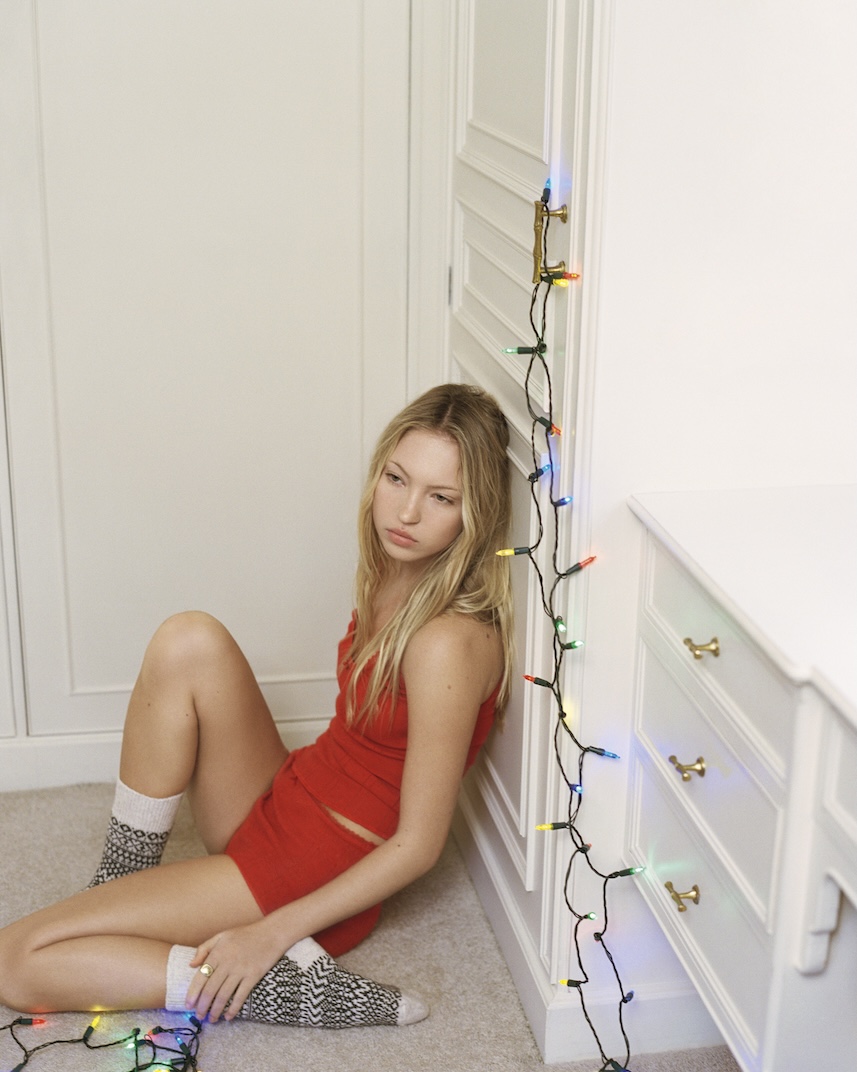
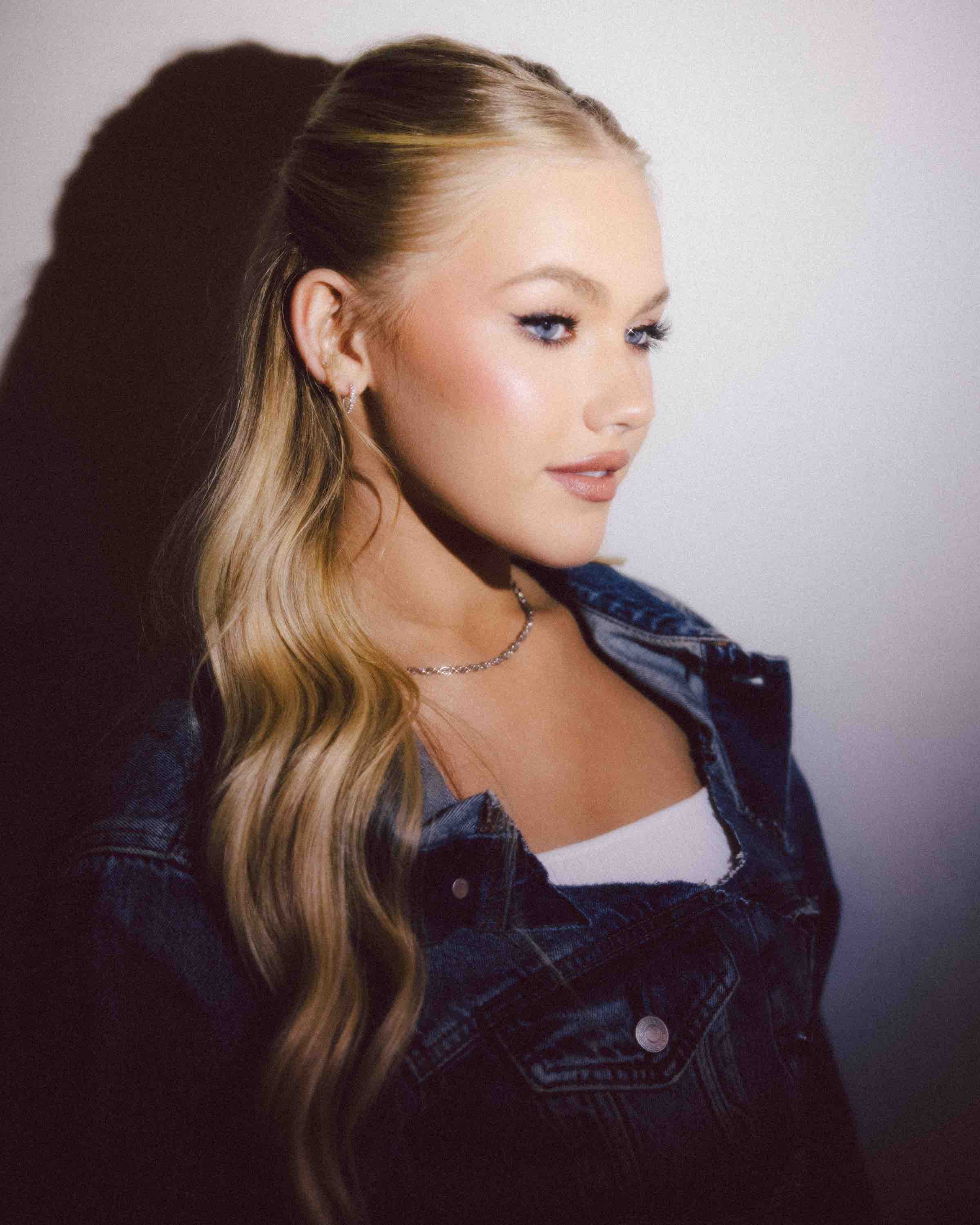
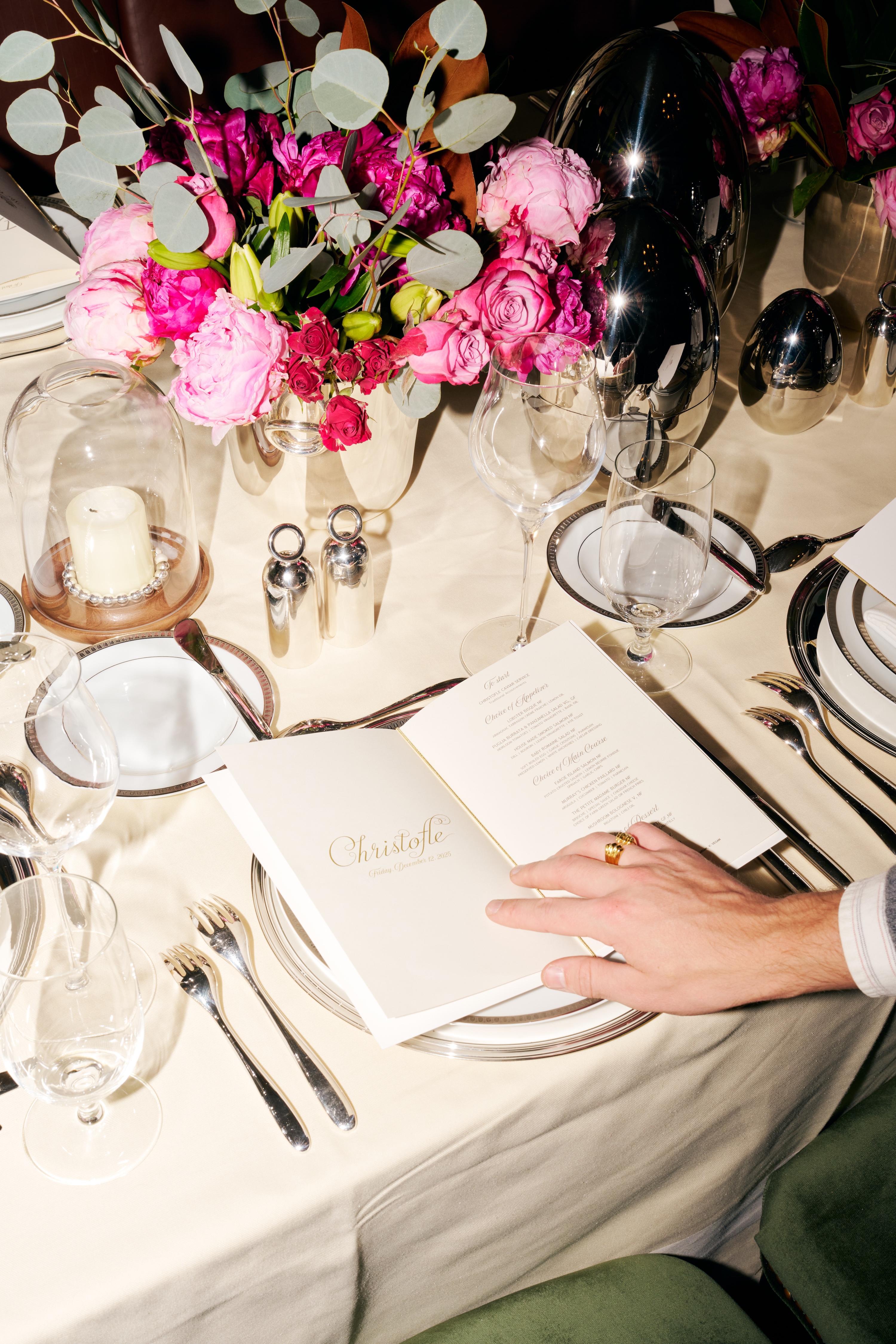

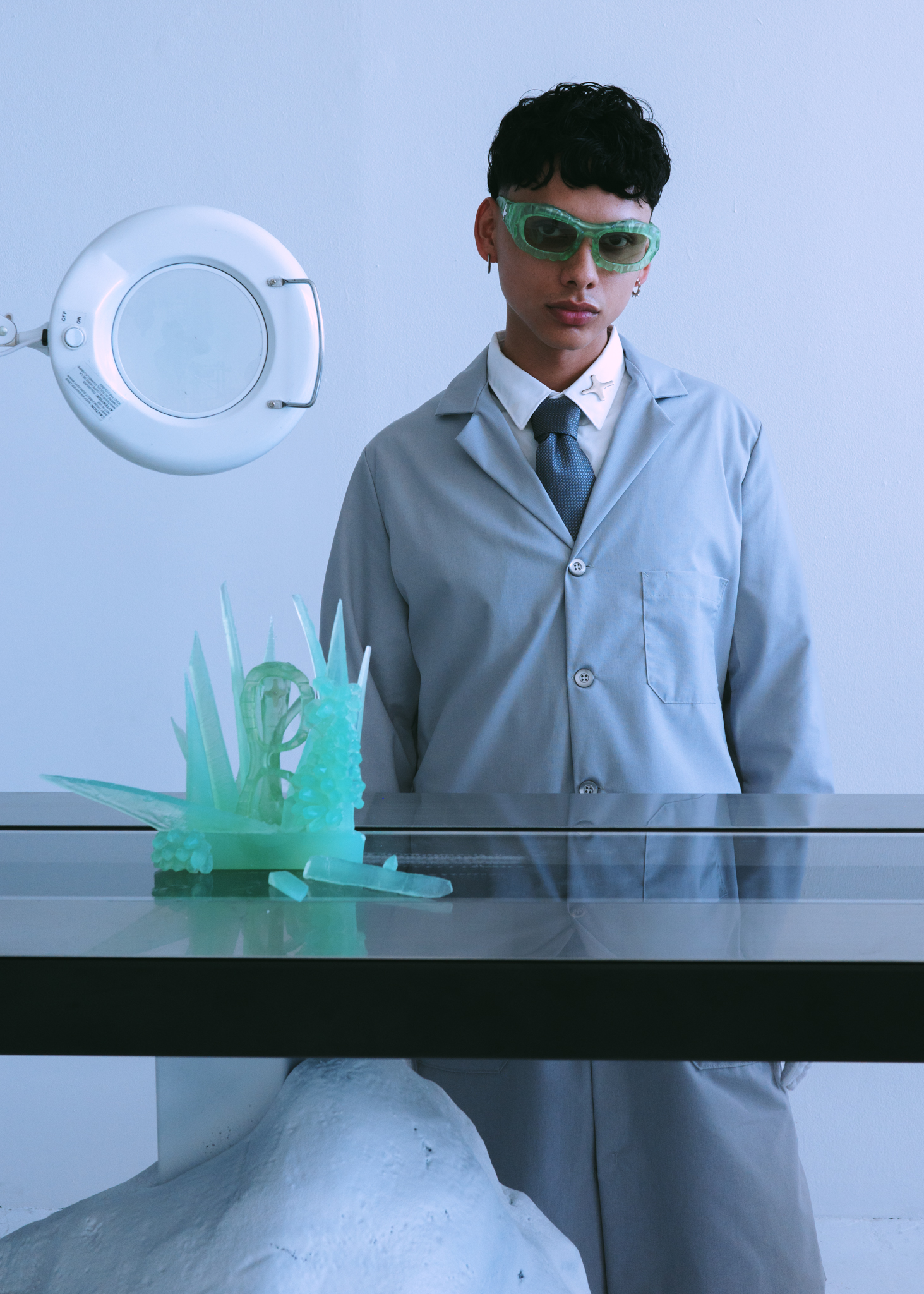
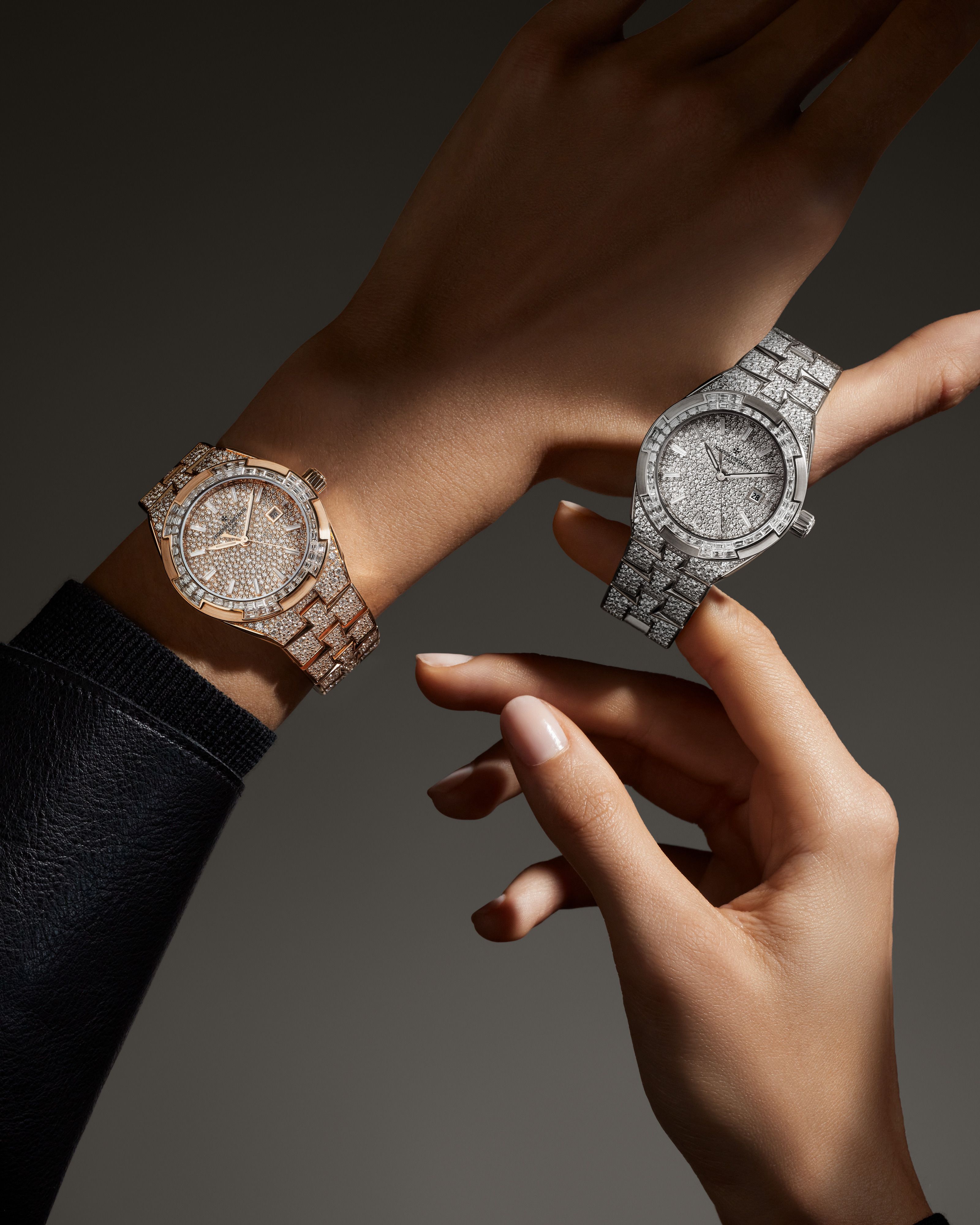

.JPG)
.jpg)
